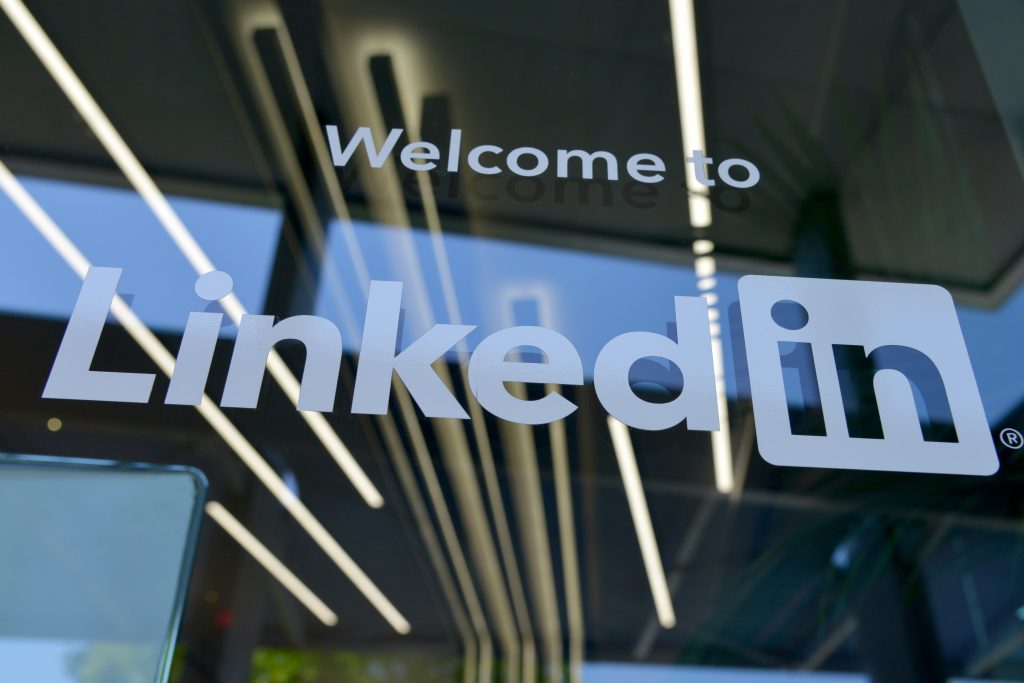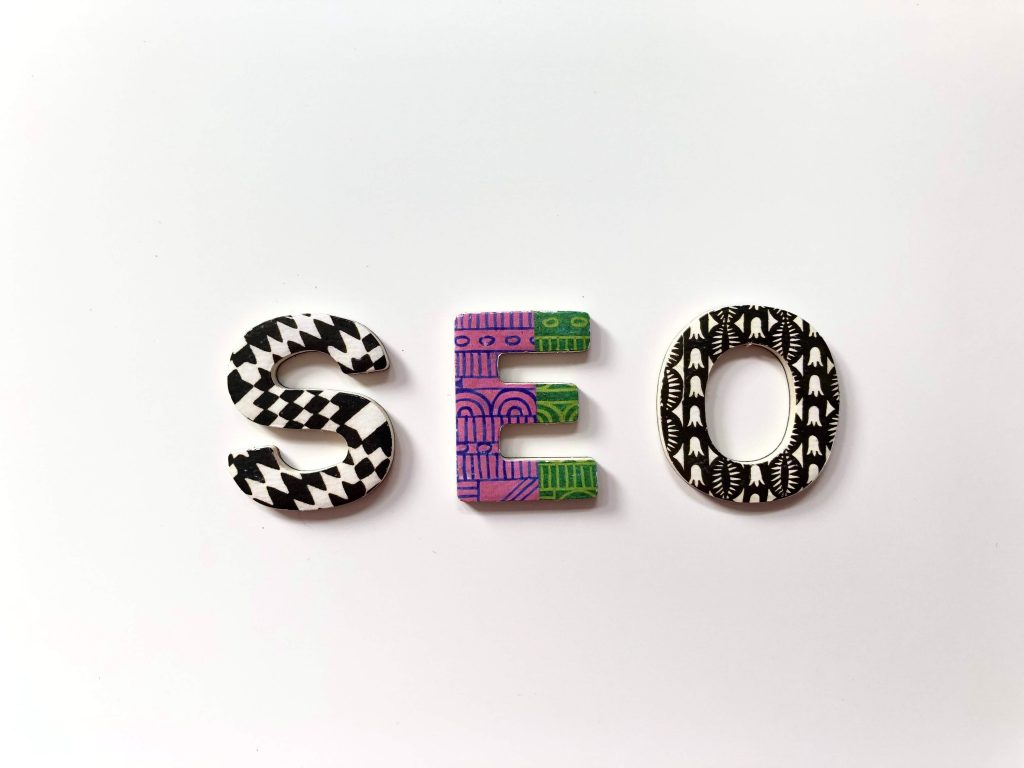
Your Social Media Plan
What is a ‘personal brand’?
There are many possible answers, but in career management all boils down to your reputation.
While you can’t control what people say and think about you, you can control how you present yourself and that is the key to building a reputation in social media circles (and beyond).

To achieve results, it is helpful when social media consistently represents the message you’re trying to say on social media.
That message could be:
- Hire Me!
- Work With Me!
- I’m a professional!
Regardless, you need to get your voice out on social media so that when people look for you online, which they will do, they see the best professional parts of you.

So where do you start?
Start by assessing the social media landscape and figuring out how you fit in.
- Who Am I Online? Where do I have accounts? This is the easiest step – where are you online? Do you spend a lot of time there? Look at your profiles and determine what your activity and content say about you. To a stranger, you ARE the sum of your online profiles and activity.
- What do my actions/information say about me? This one is a little harder. Are you political online? Religious? Sports fan? Every share, like, tweet, comment, photo, or piece of original content makes a statement. We’ve all seen stories of a person who runs afoul of their employer from something said online. Understand that your social media activity is NOT private and has a real-life impact on you and your professional reputation.
- What do I think others might say about me? Be empathetic and put yourself in your intended audience (future employers) shoes. Look at yourself objectively and see what you would think about you if you didn’t know you. This is a little harder and it can be helpful to have a trusted friend give you feedback.
- What can I say differently to make what I want to say more clear? Review your recent content and traffic- is it resonating with the right people? You will want to balance being authentic, consistent, and intentional with being timely and honest. This can be a tricky balance to find but it’s worth the effort.
- Where is my audience? Finding the people you want to connect to can be the hardest of all. There’s sometimes no way of knowing beyond trial-and-error if you’re getting the attention you want. This takes risk, determination, and discipline to get right and you won’t always get it right the first time. Do NOT give up on this but by all means pivot and change until you get it right.
The social media landscape for job seekers
LinkedIn is KING!

As far as social media for your career is concerned, there is only one king and that’s LinkedIn. Unlike the other social networks out there, LinkedIn focuses on your professional life. It is the first place career seekers should go to start and if you’ve already got an account, great! If you don’t, then getting one ASAP.
We created a course on navigating and optimizing LinkedIn- check it out under ‘Courses‘ on our website. It’s totally free and can help you get to the show-ready stage.
Facebook, Twitter, Instagram – The Rest of the Gang

What about Facebook, Twitter, Instagram, Snapchat, etc?
When it comes to other social networks, they have two roles in the professional job search: brand building and research.
From a brand and reputation standpoint, most social networks are only visible to outside parties if you choose your profile data to be publicly accessible. If you lock down your profile, you restrict your branding to your circle of social media friends and followers. This might seem it’s airtight but sometimes it’s not as secure as it seems. Social Media platforms WANT you to be as public as possible often times because that creates social friction which creates views which drives advertising revenue. Twitter is one example – tweets are public by default. They need people shouting into the Twitterverse. The dirty little secret of all social media is you frequently don’t know who’s watching you. So the professional reputation you build on LinkedIn could be undone if your clients or future employer find you on other networks and you’re a dumpster fire of toxic content. It’s important to note here that on social media ‘toxic’ is in the eye of the beholder!
Bottom line: The content you create and share is what will establish your reputation. Don’t blow your chances of landing a new job by posting the wrong thing online.
Create Content

Why you should (and already do) creating social media content
When you think of ‘creating content’ for social media you might assume that we’re talking about people who make videos, graphics, blog posts, etc.
Technically speaking, and for career management purposes, EVERYONE creates social media content.
You create content when you:
- Post
- Comment
- Like
- Subscribe
- Share an article
- Upload a profile picture
Effectively, ANY interaction that generates a traceable action that points back to you is a form of content creation.
Do you think nobody’s reading your stuff online? They most certainly are! The platform is counting on it.
So when you share it’s important to:
- Intentionally decide on the audience
- Do something that makes a statement about you (this happens by default anyway)
- Think ‘Am I going to regret this later’ or ‘what would my boss/future boss think of this?’
Buzzkill? Perhaps a little. But if you’re seeking a new job you need to be mindful that what you consider ‘authenticity’ another person might consider as a mark that means you’re not the best candidate.
So why not just STOP all social media posting?
You could do that, but you’ll run afoul of another problem: if you don’t exist online you might lose out to someone who DOES.
Think of it like this:
- Candidate A has no social media presence.
- Candidates B and C have social media.
- Candidate B posts many things publicly that reflect poorly on their character.
- Candidate C posts things that showcase them as a good person to work with.
Question: If you have 3 resumes but only 1 slot, which might you prefer?
Unfair! They don’t know Candidate A! While that’s true, would you choose a service business the same way? A business with social media and a website gets more business than one without or one with a poor online presence?

So how do you post content?
Very simply – Try to post a unique thought, a useful comment or question (useful, not just ‘I agree’), and interaction (a ‘like’) on the platform you choose at least once a day, 5 days a week.
It’s the bare minimum, of course, try to do more if you can. This is just enough activity to show the social media algorithms that you’re still active.
How to be seen in a crowded social media room

You may have heard of SEO – Search Engine Optimization. It’s a web design principle that focuses on making sure the content on a website is easily found when a search engine scans it. If an outdoor clothing site has SEO designed correctly, they’ll show up higher in the search ranks to the right people who search for ‘outdoor clothing’. If they were to be optimized for just ‘clothing’ and not ‘outdoor clothing’ then they might show up to people looking for formalwear or business suits.
Personal SEO is like that because you’re positioning your profile to be found by the right clients for the right reasons. If you’re an accountant in Omaha looking for similar jobs, you want to show up in searches for ‘accountant in Omaha’ and not searches for ‘plumbers in Tulsa’.
1.Your Name.
Here’s an experiment. Log onto LinkedIn and type in your name. Count how many people show up. LinkedIn is more than a social media platform, it’s a search engine.
Now search ‘James Smith’ – you’ll find a lot and if you happen to be a James Smith who goes by ‘Jim Smith’ you might find yourself fighting to be found by people who get your resume and want to learn more about you.
2. What you’re known for.
Personal SEO doesn’t just impact those finding you by name. It also impacts users trying to find you by skill. On LinkedIn and most job boards like Indeed, Monster, etc. a person’s profile is marked with certain keywords, on LinkedIn they’re called ‘skills’. Recruiters will search the candidate pool by geography and skill to find candidates they might want to contact. So if your keyword skill lists ‘cisco switches’, ‘HP servers’, and ‘python’ as your 3 top skills then when a recruiter goes looking for someone with those skills you will ideally be towards the top of that list.
3. Where you are.
This is fairly self-explanatory. Your location matters, so make sure that if you live in a major metro list that as your location instead of the specific suburb you live in.
4. What you build
This is for people who make personally branded content for online use. If you blog or vlog, regardless of the topic you are increasing your Personal SEO assuming your name is attached to your work. This is a good reason to keep your content cross-posted on a personal website or blog and not just the major social media platforms.